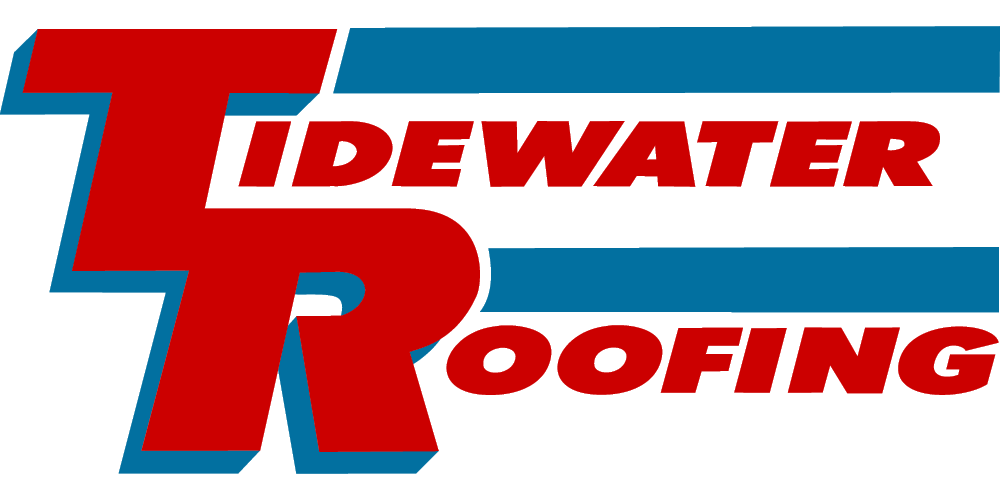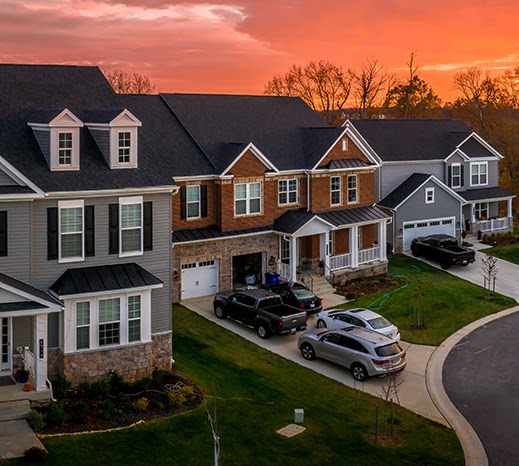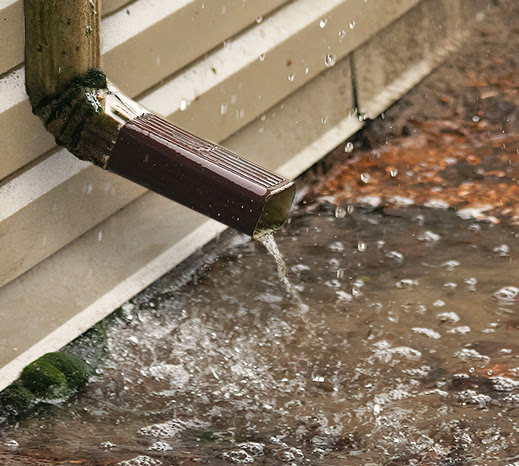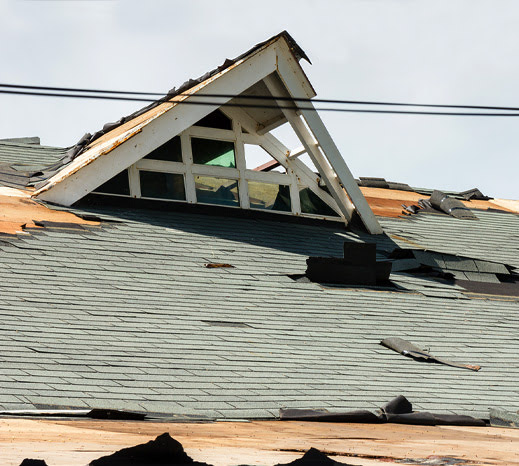Advice For Homeowners, Roofing, Tips & Useful Info
Virginia’s distinctive seasons make it a beautiful place to live, but they also bring a variety of weather conditions and environmental hazards th...
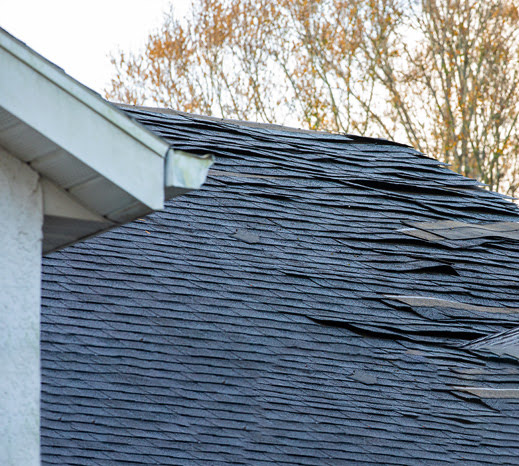
Virginia’s distinctive seasons make it a beautiful place to live, but they also bring a variety of weather conditions and environmental hazards that can easily cause roofing damage. Not all types of roof damage look the same, though—so it’s vital to recognize the impacts of these different hazards if you want to be able to repair your rooftop in a timely fashion.
Fortunately, Tidewater Roofing can help—since we’ve spent years fixing rooftops all across Virginia. Read on below to learn our tips and tricks for spotting common types of roof damage so that you can call us for the help you need as soon as your roof needs repairs.
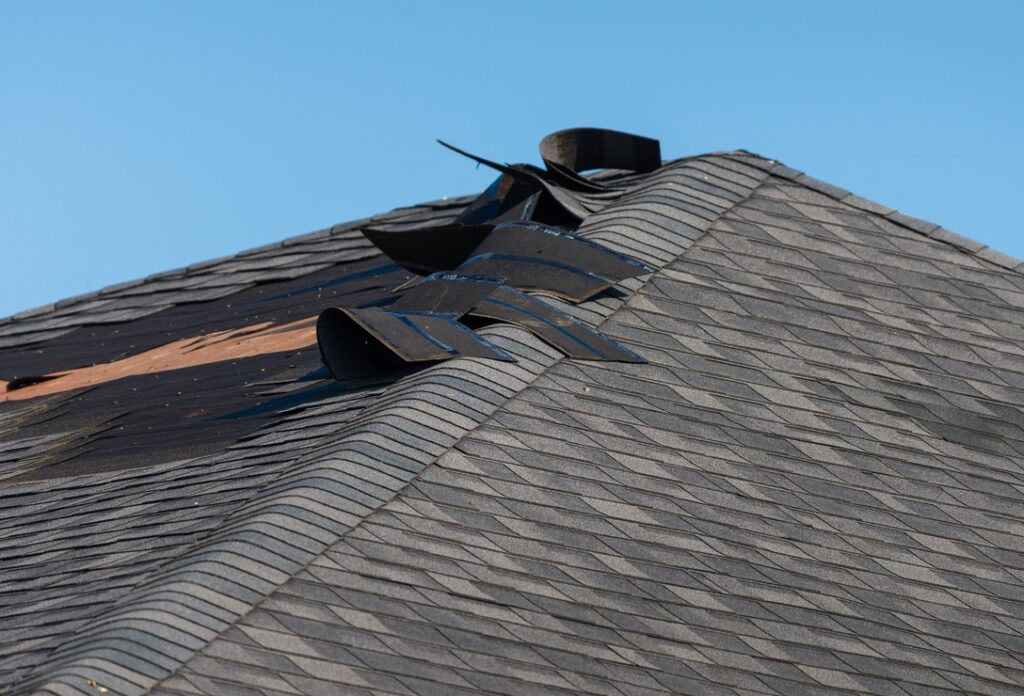
Wind Damage
Virginia is a state known for its strong winds—as well as the occasional hurricane or nor-easter, during which wind speeds can reach up to 50 or 60mph. This puts the roofs of Virginia homeowners at high risk for wind damage, which can look like:
- Loose or missing shingles
- Water leaks (as a result of missing shingles)
- Gutters detached or bent by wind
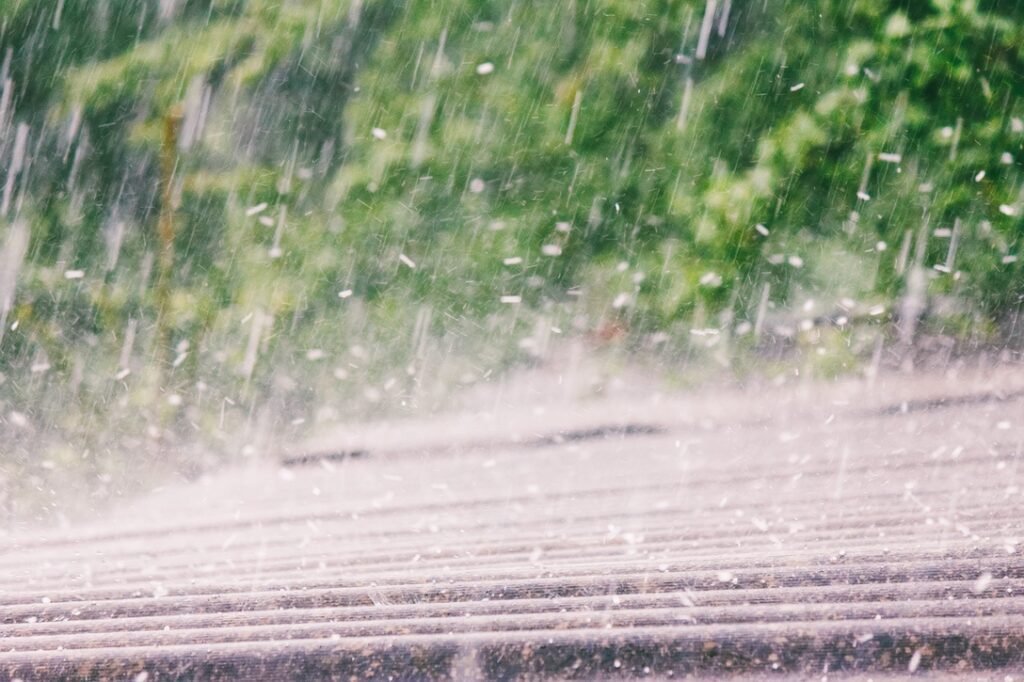
Hail Damage
Hail isn’t common in Virginia, but it still happens, especially in the spring and summer. Thunderstorms during these seasons are the most common times for hail to occur. Signs of hail damage on a roof look like:
- Broken shingles
- Dents or holes (in metal roofs)
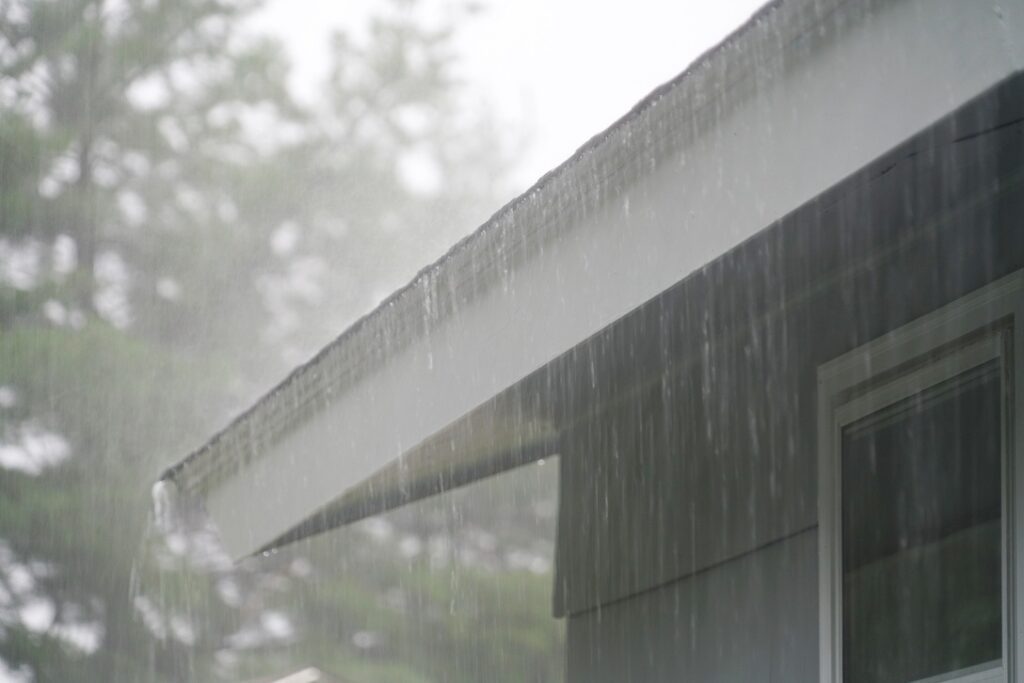
Storm Damage
While hail and wind can both occur during storms in Virginia, they aren’t the only weather factors that can damage your roof during these events. Heavy rain, snow, ice, and blown debris can also wreak havoc on your roof. Look for:
- Clogged or overflowing gutters
- Leaks and water damage
- Blown debris on or around the roof
- Broken or missing shingles blown down to the ground nearby
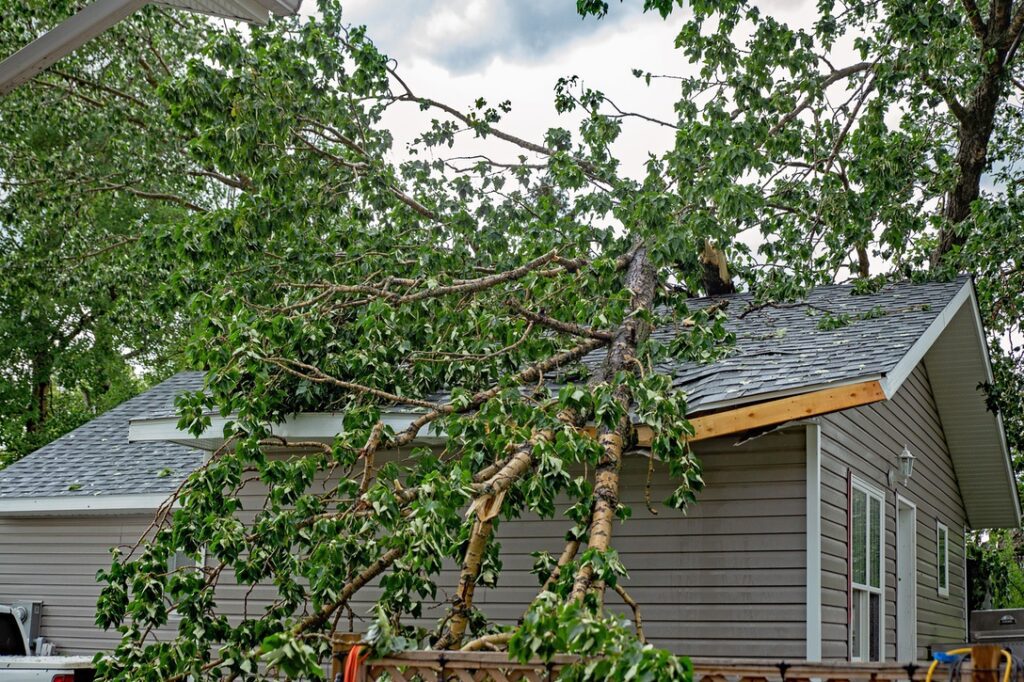
Tree Damage
Some trees are blown into homes by storms, while others fall for other reasons (an impact, animal activity, seismic activity such as an earthquake, etc.). In any case, a tree falling onto your rooftop can cause widespread damage. Signs include:
- Branches, leaves, and other debris on the rooftop
- The trunk of the fallen tree nearby
- Shingles broken or knocked loose in the patch where the tree impacted the roof
- Severe denting (for metal roofs)
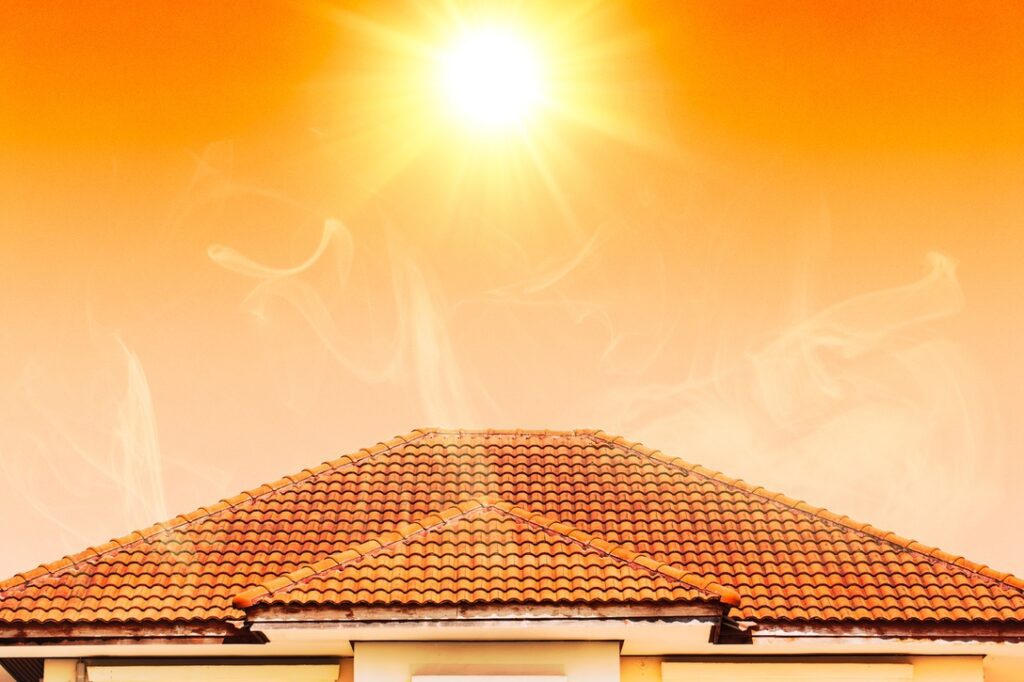
Sun Damage
Too much sunlight can be as bad for your rooftop as it can be for your skin. Not only can sunlight bleach metal rooftops and eventually break down the protective coating they use to prevent rust, but it can also warp asphalt, causing shingles to come loose. You might see:
- Large patches of loose and distorted shingles in areas exposed to direct sunlight
- Widespread rusting and discoloration on metal roofs
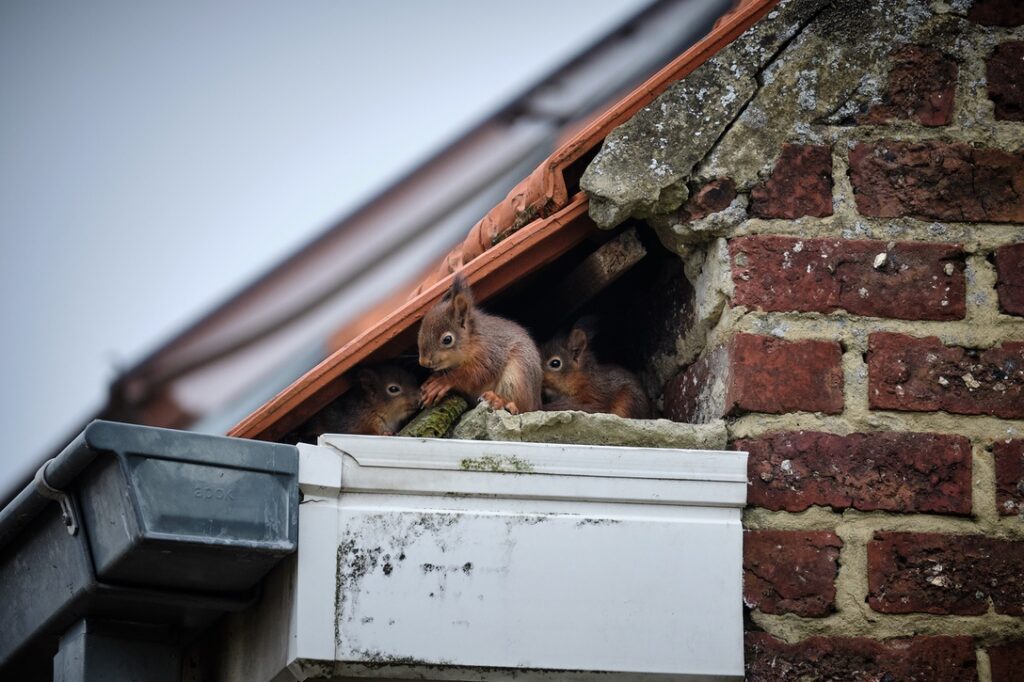
Animal Damage
Virginia is home to a wide variety of animals—and while not all of them will damage your rooftop, there are a few you should worry about. Birds, rats, squirrels, and even bats can all nest on or underneath your roof, causing damage and potential hygiene problems for occupants. Keep your eyes peeled for:
- Tooth or claw marks in shingles
- Scratches on metal roofing materials
- Holes chewed in nearby insulation
- Frayed or torn wiring in areas near the roof
- Droppings, nesting materials, or other debris nearby
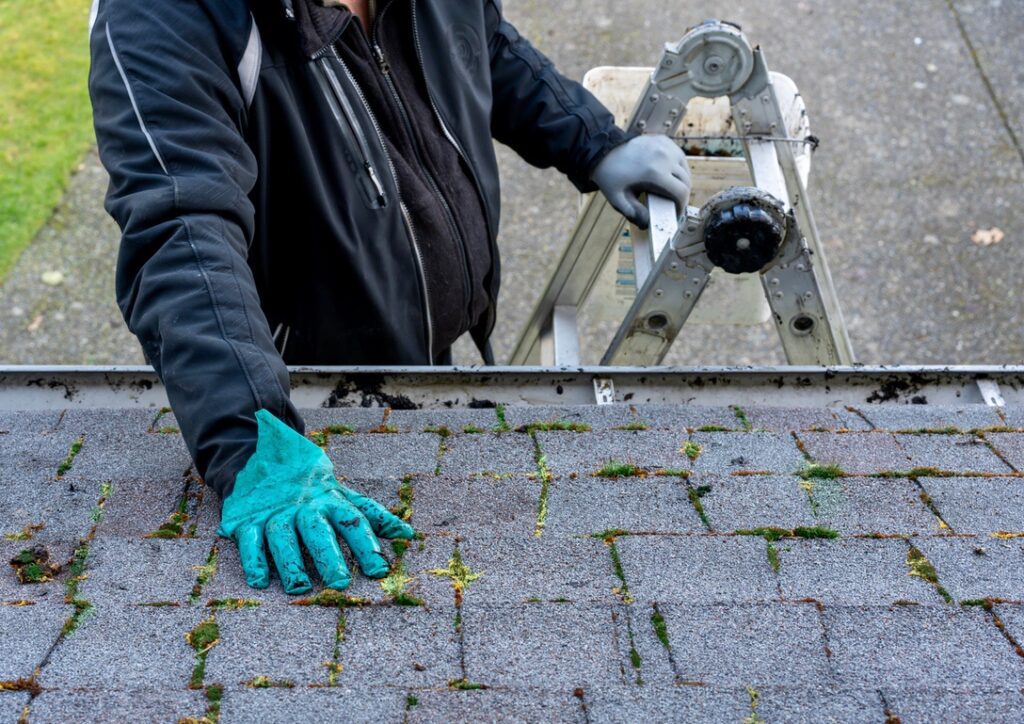
Moss, Mold, & Algae Growth
Moss, algae, and mold forms easily when moisture is able to penetrate the areas beneath your shingles or other roofing materials—which often leads to water damage and can create unpleasant smells or even health problems from people breathing in spores. These organisms can also form in gaps left between shingles during poor installations or replacements, which is why having your roof professionally installed is so important. Look for:
- Green or greenish brown plant matter
- Black patches, streaks, or stains
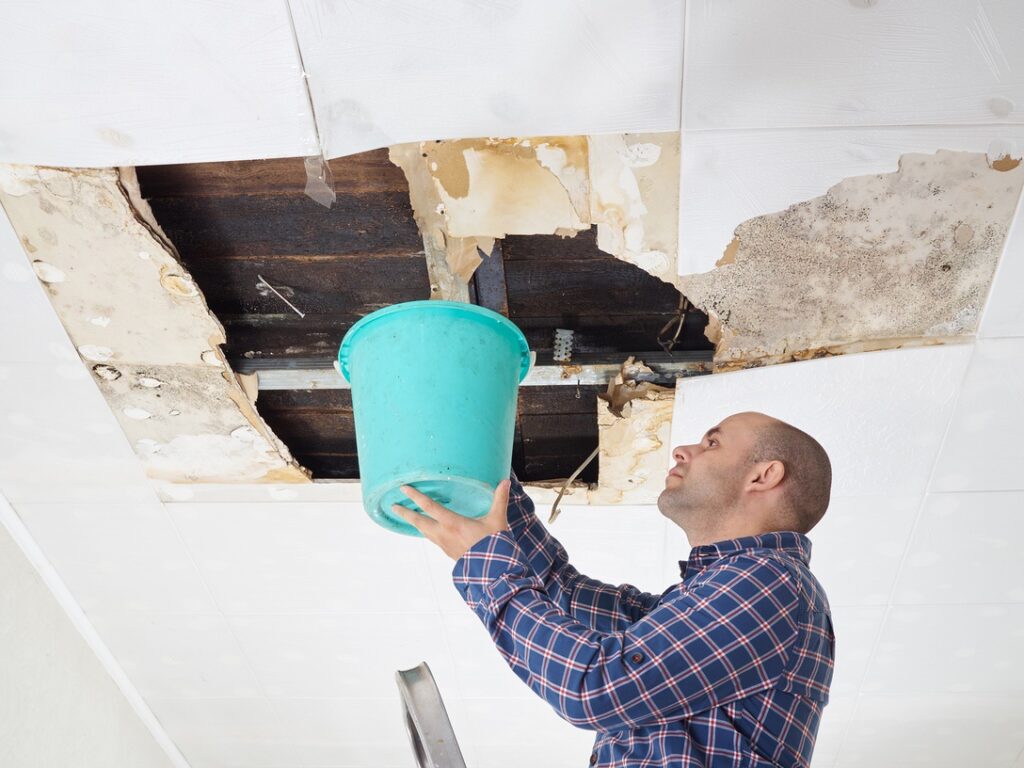
Leaks
Water that seeps between or underneath your roofing materials can do more than damage your roof itself—it can cause structural damage to the rest of the building. You might notice:
- Discolored areas on walls and ceilings
- Unpleasant or musty smells
- Peeling paint and wallpaper
- Warped wood and drywall in areas near the roof
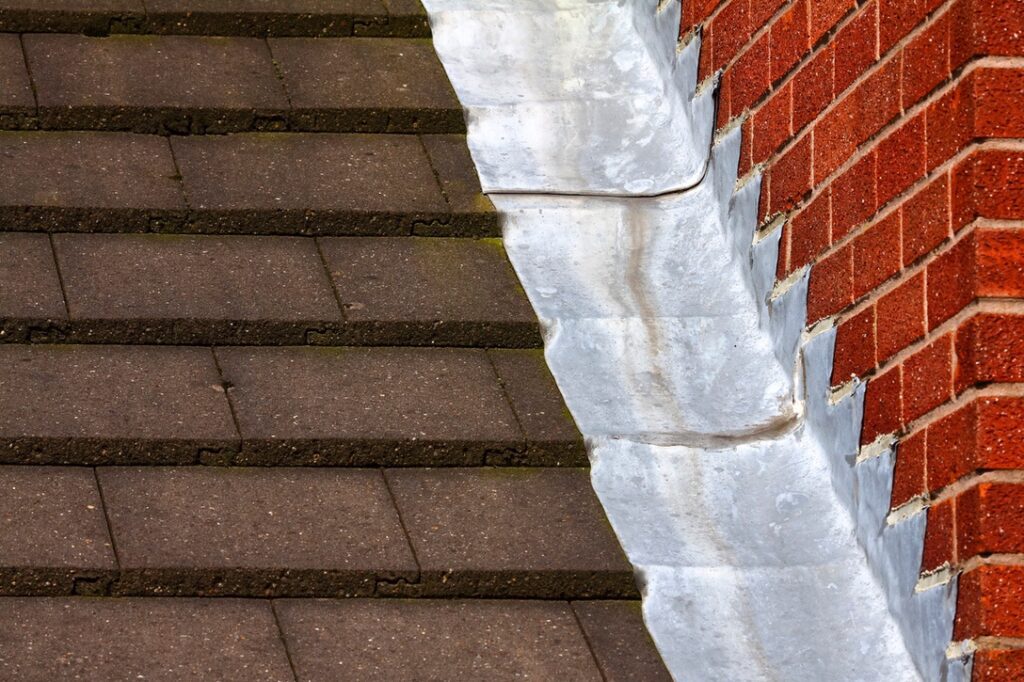
Damage to Vents & Flashing
Flashing is the material installed around joints to prevent water from leaking into these otherwise vulnerable areas. Many roofs also have vents designed to help attic areas breathe, reducing the impacts of heat and moisture. But these areas can easily be damaged by animal activity, inclement weather, or the simple passage of time. Check your vents and flashing for:
- Loose areas
- Warped or cracked material
- Rust
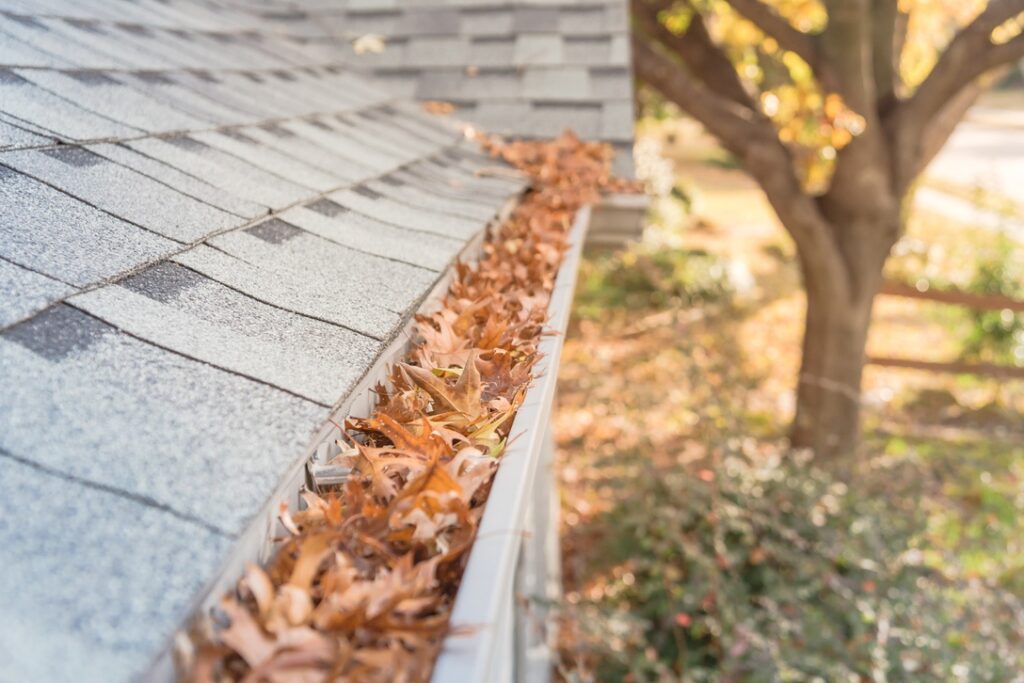
Clogged or Detached Gutters
Finally, one of the most common roofing problems afflicting Virginia homeowners is the risk of a gutter becoming blocked with debris or torn away from the eaves. Debris left by storms or animal activity can congeal into masses that prevent water from flowing through the gutters properly, resulting in overflowing and water damage to the home.
The weight of this debris can also lead to sagging gutters that eventually break free from their normal location, after which they’ll no longer function properly. Signs your gutters need attention include:
- Water flowing over the sides of gutters when it rains
- Water pooling around your home’s foundation
- Gutters sagging away from the roof
Consider installing leaf-free gutter guards to prevent debris from entering your gutters where it can block them. Tidewater Roofing installs high-quality solutions by Carefree Gutter Guard to ensure that water can always flow through your gutters and through your downspout, away from your home’s foundations.
Roofing Damage in Virginia: Know the Signs & Call the Pros
Roofing damage in Virginia comes in many different forms, but the solution is straightforward—call experienced roofing professionals in your area to solve the problem and restore your roof’s ability to protect your home. Contact Tidewater Roofing now to speak with one of our team members who can tell you more about the best way to fix or replace your damaged roof.
